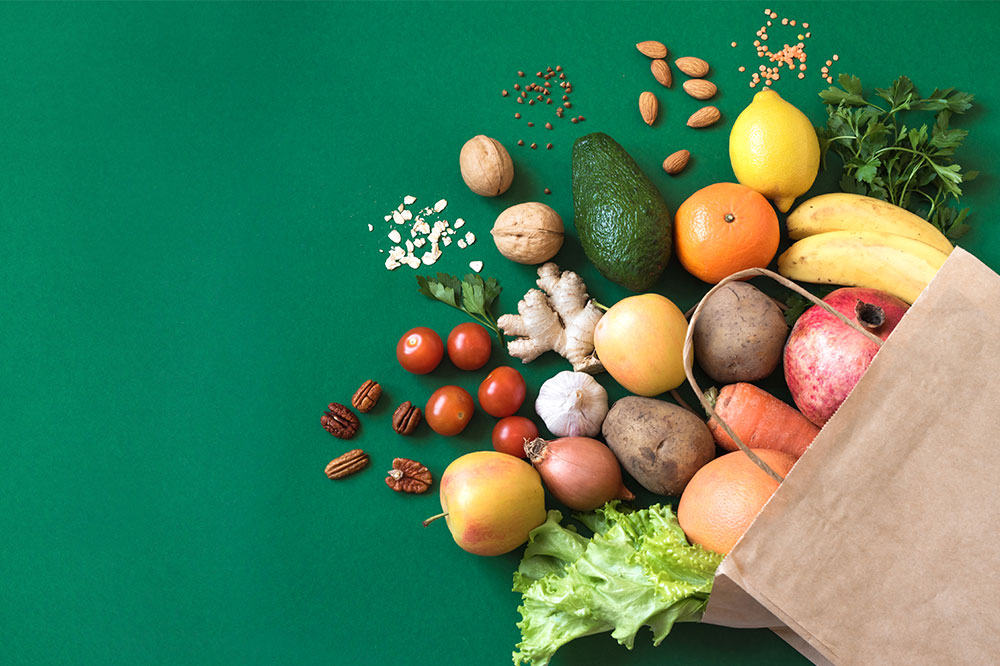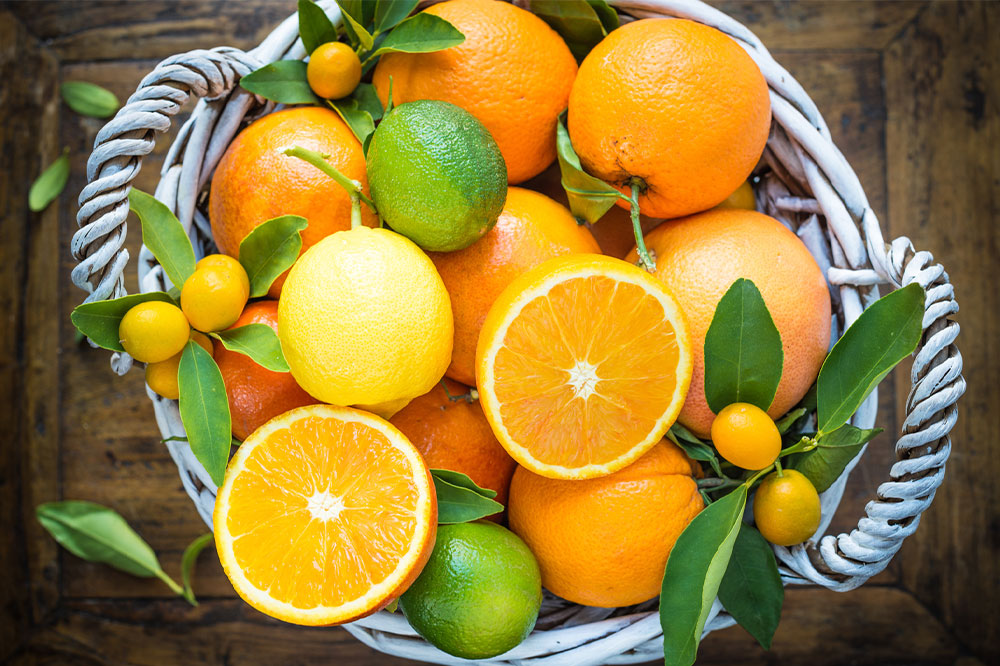10 early warning signs of a seizure
Seizures are a neurological phenomenon that affects many individuals. While they can occur without warning, some people experience early warning signs or pre-ictal symptoms before a seizure episode. Awareness of these signs can help individuals and their loved ones take precautionary measures and seek timely medical attention to manage the condition effectively and reduce the risk of seizure injury. So, here are ten early warning signs of seizures to be aware of. Aura sensations An aura is often described as a strange or unusual feeling that precedes a seizure. It can manifest as visual disturbances like flashing lights, strange smells, or a feeling of déjà vu. These sensations can serve as a signal that a seizure is imminent. Mood changes Sudden and unexplained mood swings or emotional changes can indicate an impending seizure. It may include feelings of anxiety, fear, or intense happiness that seem out of context with the current situation. Cognitive disturbances Difficulty with concentration, memory lapses, or feeling mentally “foggy” can be early indicators of an impending seizure. Individuals may struggle to find the right words or become confused during conversations. Physical sensations Some people experience physical sensations such as tingling, numbness, or a sensation of pins and needles in certain parts of the body before a seizure occurs.
Read More 









